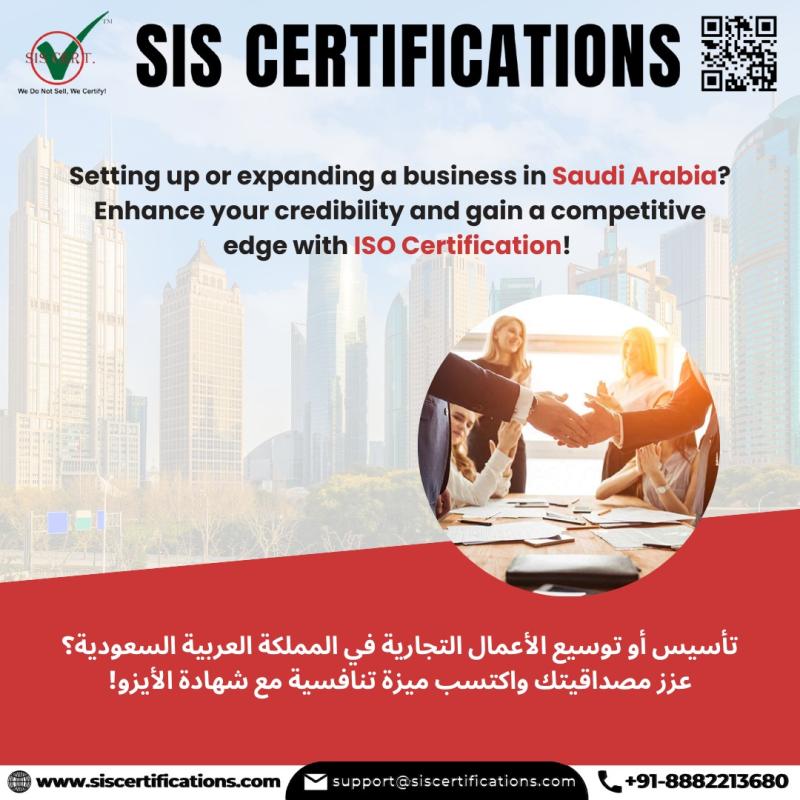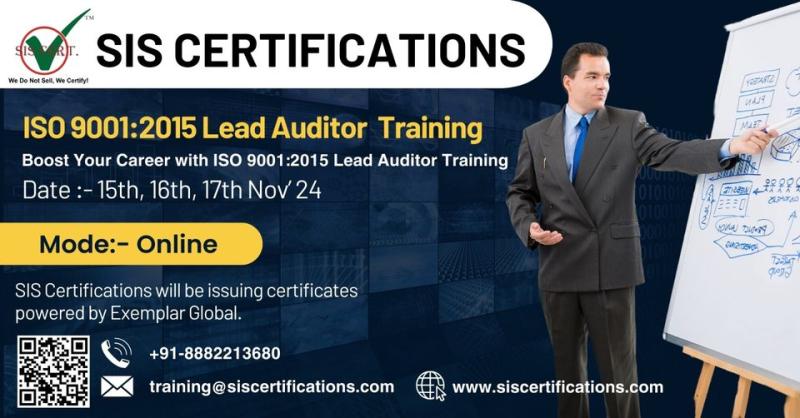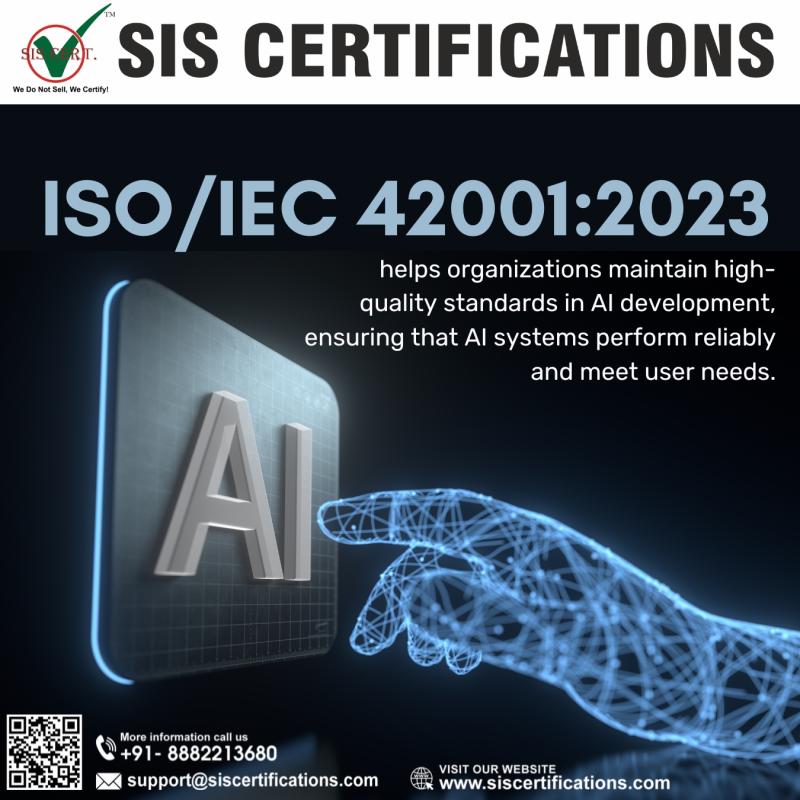Integrating ISO 22301 with Other Management Systems: Benefits and Best Practices
In an increasingly complex and
interconnected business environment, organizations must be prepared to respond
effectively to disruptions, whether from natural disasters, cyberattacks, or
other crises. ISO 22301, the international standard for Business Continuity
Management Systems (BCMS), provides a framework for organizations to establish,
implement, maintain, and continually improve their business continuity
capabilities. However, to maximize its effectiveness, it is essential to integrate ISO
22301 BCMS with other management systems such as ISO 9001 (Quality
Management), ISO 14001 (Environmental
Management System), and ISO 45001 (Occupational Health and Safety). This
article explores the benefits of integrating ISO 22301 with other management
systems and offers best practices for successful implementation.
Benefits of Integration
1. Holistic Risk Management
Integrating ISO 22301 with other
management systems fosters a holistic approach to risk management. By aligning
the objectives and processes of various systems, organizations can identify and
assess risks from multiple perspectives. For instance, integrating with ISO
45001 allows for a more comprehensive understanding of how workplace health and
safety risks can impact business continuity. This synergy ensures that all
potential threats are considered, leading to more robust and resilient business
continuity strategies.
2. Improved Efficiency
When multiple management systems
operate in silos, organizations often duplicate efforts, leading to
inefficiencies. By integrating ISO 22301 with other systems, organizations can
streamline processes, reduce redundancies, and enhance resource utilization.
For example, training programs developed for ISO 9001 can be utilized for ISO
22301, reducing the time and costs associated with developing separate training
initiatives. To know how ISO 22301 can improve
3. Enhanced Communication and
Collaboration
An integrated management system
promotes better communication and collaboration across departments. When teams
understand how their roles contribute to the broader objectives of business
continuity, they are more likely to engage actively and work together. This
cross-functional collaboration can lead to faster decision-making during crises
and a more coordinated response.
4. Consistent Documentation
and Reporting
Integration allows organizations
to maintain consistent documentation and reporting practices. A unified
approach ensures that policies, procedures, and records are standardized across
various management systems, simplifying compliance and audit processes. This
consistency also helps in communicating the organization's commitment to
stakeholders, including customers, employees, and regulatory bodies.
5. Enhanced Reputation and
Customer Confidence
Organizations that demonstrate a
robust approach to risk management and business continuity are often viewed
more favorably by customers and stakeholders. Integration showcases a
commitment to quality, safety, and environmental responsibility, enhancing the
organization's reputation. This can lead to increased customer trust and
loyalty, which are critical in today’s competitive landscape.
6. Continuous Improvement
Both ISO 22301 and other
management systems emphasize the principle of continuous improvement. By
integrating these systems, organizations can create a culture of ongoing
evaluation and enhancement. Lessons learned from business continuity exercises
can be applied to quality management processes, leading to improved products
and services. This iterative approach ensures that organizations remain
adaptable and responsive to changing environments.
Best Practices for Integration
1. Leadership Commitment
Successful integration of ISO
22301 with other management systems begins with strong leadership commitment.
Leaders must communicate the importance of integration, allocate necessary
resources, and champion the initiative across the organization. This commitment
sets the tone for a collaborative culture and encourages all employees to
engage in the integration process.
2. Align Objectives and
Policies
Organizations should begin by
aligning the objectives and policies of ISO 22301 with those of other
management systems. This involves identifying common goals, such as risk
reduction, stakeholder satisfaction, and regulatory compliance. Developing a
unified policy framework that reflects these shared objectives helps ensure
that all systems work towards the same overarching goals.
3. Conduct a Gap Analysis
A thorough gap analysis is
essential for identifying areas where integration can be improved.
Organizations should assess existing processes, documentation, and practices in
each management system to identify overlaps and gaps. This analysis will guide
the integration efforts and help prioritize actions that will yield the most
significant benefits.
4. Foster Cross-Functional
Teams
Creating cross-functional teams
that include representatives from different departments can facilitate the
integration process. These teams can share insights, address challenges, and
develop solutions that benefit all management systems. Regular meetings and
collaborative workshops encourage open communication and help build
relationships across departments.
5. Utilize Technology
Leveraging technology can
streamline the integration process. Management software that supports multiple
standards can centralize documentation, training, and reporting, making it
easier to manage and monitor compliance. Tools that facilitate communication
and collaboration can enhance team engagement and foster a culture of
continuous improvement.
6. Training and Awareness
Training is crucial for
successful integration. Employees must understand the importance of ISO 22301
and how it interacts with other management systems. Developing comprehensive
training programs that cover all relevant standards will equip employees with
the knowledge and skills necessary to contribute effectively to the integrated
system.
7. Regular Review and Audit
Establishing a schedule for
regular reviews and audits of the integrated management system is essential for
ensuring its continued effectiveness. These assessments should evaluate not
only compliance with ISO standards but also the effectiveness of the integration
itself. Feedback from these reviews can inform adjustments and improvements to
the system.
8. Document and Share Lessons
Learned
Encouraging a culture of sharing
lessons learned from both successful and unsuccessful experiences fosters
continuous improvement. Organizations should document insights gained from
business continuity exercises, audits, and incidents, ensuring that this
knowledge is disseminated across the organization. This practice enhances
preparedness and contributes to the evolution of best practices.
Conclusion
Integrating ISO 22301 with other
management systems offers numerous benefits, including enhanced efficiency,
improved risk management, and a culture of continuous improvement. By fostering
collaboration across departments and aligning objectives, organizations can
build a robust framework for business continuity that is resilient, adaptive,
and sustainable. Implementing best practices such as leadership commitment,
thorough training, and regular reviews will pave the way for successful
integration, ultimately leading to a more resilient organization capable of
thriving in the face of challenges. As businesses navigate an unpredictable
landscape, the integration of ISO 22301 with other management systems will
become an indispensable strategy for ensuring long-term success.







Comments